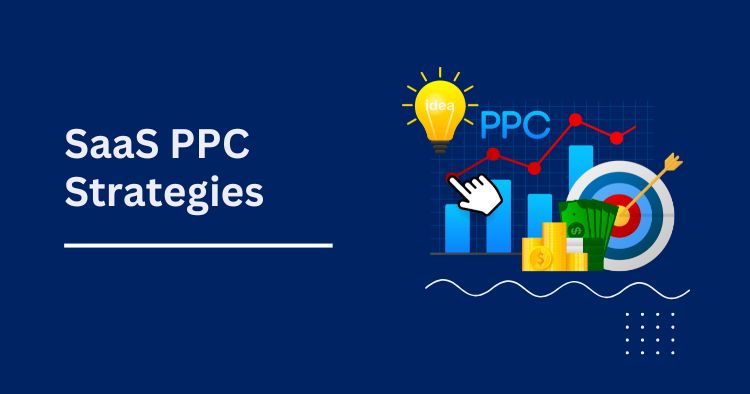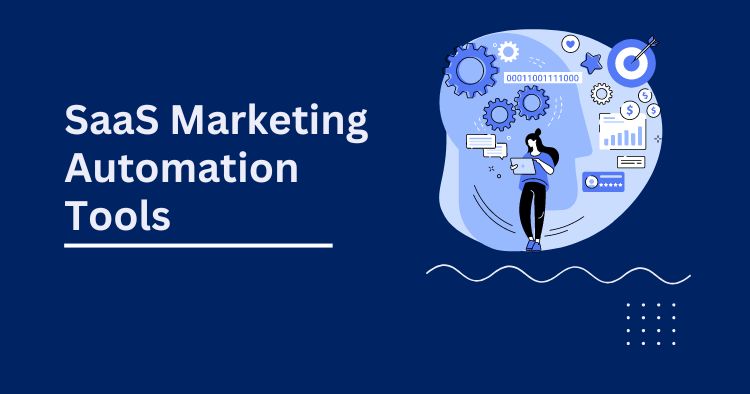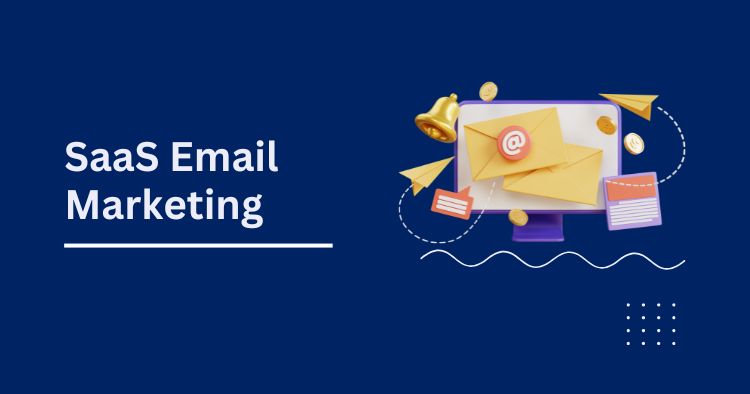SaaS PPC Strategies: Maximizing Your Online Advertising
In the competitive world of Software as a Service (SaaS), Pay-Per-Click (PPC) advertising stands as a crucial tool for driving targeted traffic and generating leads. Effective PPC strategies can significantly boost online visibility and contribute to the growth of a SaaS business. This guide explores the essentials of SaaS PPC strategies, offering insights into creating, managing, and optimizing your PPC campaigns for maximum impact. Understanding PPC in the SaaS Landscape What is PPC? PPC is an online advertising model where advertisers pay each time a user clicks on one of their ads. It’s a way to buy visits to your site, rather than attempting to “earn” those visits organically. PPC for SaaS Businesses: For SaaS companies, PPC is not just about getting clicks; it’s about attracting the right audience that is likely to convert into customers. It involves understanding the SaaS market, identifying target customer segments, and creating ads that resonate with them. Role in Digital Marketing: PPC is a vital component of a SaaS company’s digital marketing strategy. It complements other marketing efforts like SEO and content marketing, providing a quick and effective way to increase visibility and drive traffic. Setting Up Your SaaS PPC Campaigns Step-by-Step Guide to Campaign Setup Choose the Right Platform: Start with platforms like Google Ads or Bing Ads. Consider social media platforms like LinkedIn or Facebook if they align with your target audience. Keyword Research: Conduct thorough keyword research. Look for terms that your potential customers are likely to use when searching for your SaaS product. Campaign Structure: Organize your campaigns and ad groups logically. This organization helps in managing and optimizing your campaigns effectively. Tips for Keyword Selection Focus on long-tail keywords as they are less competitive and more specific. Consider the buyer’s journey and select keywords according to different stages (awareness, consideration, decision). Crafting Effective PPC Ads for SaaS Creating Compelling Ad Copy Write clear and concise ad copy that highlights the unique benefits of your SaaS product. Use strong action verbs and include a value proposition in your ad. Targeting and Retargeting in SaaS PPC Precise Audience Targeting Use demographic and psychographic data to target your ads to the right audience. Consider factors like job titles, industries, company size, and user behavior for more precise targeting. Retargeting Strategies Implement retargeting to capture users who have shown interest in your product but haven’t converted yet. Use retargeting ads to remind them of your product and offer incentives like discounts or free trials. Budgeting and Bidding Strategies Setting a Realistic Budget Determine your budget based on your marketing goals and the average cost-per-click (CPC) in your industry. Start with a modest budget and increase it gradually based on campaign performance. Bidding Strategies Choose a bidding strategy that aligns with your campaign goals, whether it’s maximizing clicks, conversions, or targeting a specific return on ad spend (ROAS). Regularly review and adjust your bids based on campaign performance and competitive landscape. Analyzing and Optimizing PPC Campaigns Key Metrics to Track Monitor metrics like click-through rate (CTR), conversion rate, cost per conversion, and quality score. Use these metrics to gauge the effectiveness of your campaigns and identify areas for improvement. A/B Testing and Optimization Conduct A/B tests on different elements of your ads, such as headlines, descriptions, and CTAs. Continuously optimize your campaigns based on test results and performance data. Techniques for A/B Testing Test different versions of your ad copy, landing pages, and call-to-actions to see which combinations perform best. Use tools like Google Optimize for landing page experimentation. Continuous Optimization Regularly review campaign analytics to identify trends and patterns. Make data-driven decisions to refine targeting, adjust bids, and optimize ad scheduling. Common Challenges and Solutions Identifying and Overcoming Challenges Common challenges include low CTR, high CPC, and poor conversion rates. Solutions involve refining targeting, improving ad copy, and optimizing landing pages. Expert Tips Stay updated with the latest PPC trends and platform updates. Consider working with PPC professionals or agencies for more advanced strategies and management. Advanced PPC Tactics for SaaS Leveraging Machine Learning and AI Utilize AI-powered tools for predictive analytics and automated bid management. Implement machine learning algorithms to identify high-performing ad combinations. Exploring New Ad Formats and Platforms Experiment with different ad formats like video ads, responsive search ads, and display ads. Test emerging platforms that might offer untapped opportunities, like TikTok or programmatic advertising networks. Integrating PPC with Other Marketing Channels Multi-Channel Marketing Strategies Align PPC campaigns with your SEO, content marketing, and social media strategies for a cohesive marketing approach. Use insights from PPC campaigns to inform and optimize other marketing channels. The Role of PPC in the Marketing Funnel Understand how PPC fits into different stages of the marketing funnel, from awareness to conversion. Tailor your PPC campaigns to target users at different stages of their buying journey. Scaling Your PPC Efforts Expanding Campaigns As your business grows, expand your PPC efforts to new markets and demographics. Explore international PPC opportunities if your SaaS product has a global audience. Automation and Scaling Use automation tools to manage large-scale campaigns efficiently. Implement scripts and rules in Google Ads for real-time adjustments and optimizations. Measuring Long-Term PPC Success Beyond Immediate ROI Evaluate the long-term impact of PPC campaigns on customer lifetime value and brand awareness. Consider indirect benefits like market positioning and competitor analysis. Building a Data-Driven PPC Culture Foster a culture where decisions are made based on data and analytics. Encourage continuous learning and experimentation within your marketing team. Staying Ahead in the Evolving PPC Landscape Keeping Up with Industry Changes Stay informed about the latest trends and updates in PPC advertising. Attend webinars, workshops, and industry conferences to keep your strategies current. Future-Proofing Your PPC Strategies Anticipate future trends in digital advertising and prepare your strategies accordingly. Be open to adopting new technologies and platforms that could enhance your PPC efforts. Conclusion PPC advertising in the SaaS sector is a dynamic and ever-evolving field. By embracing a comprehensive, data-driven approach and staying abreast of the latest
SaaS PPC Strategies: Maximizing Your Online Advertising Read More »





